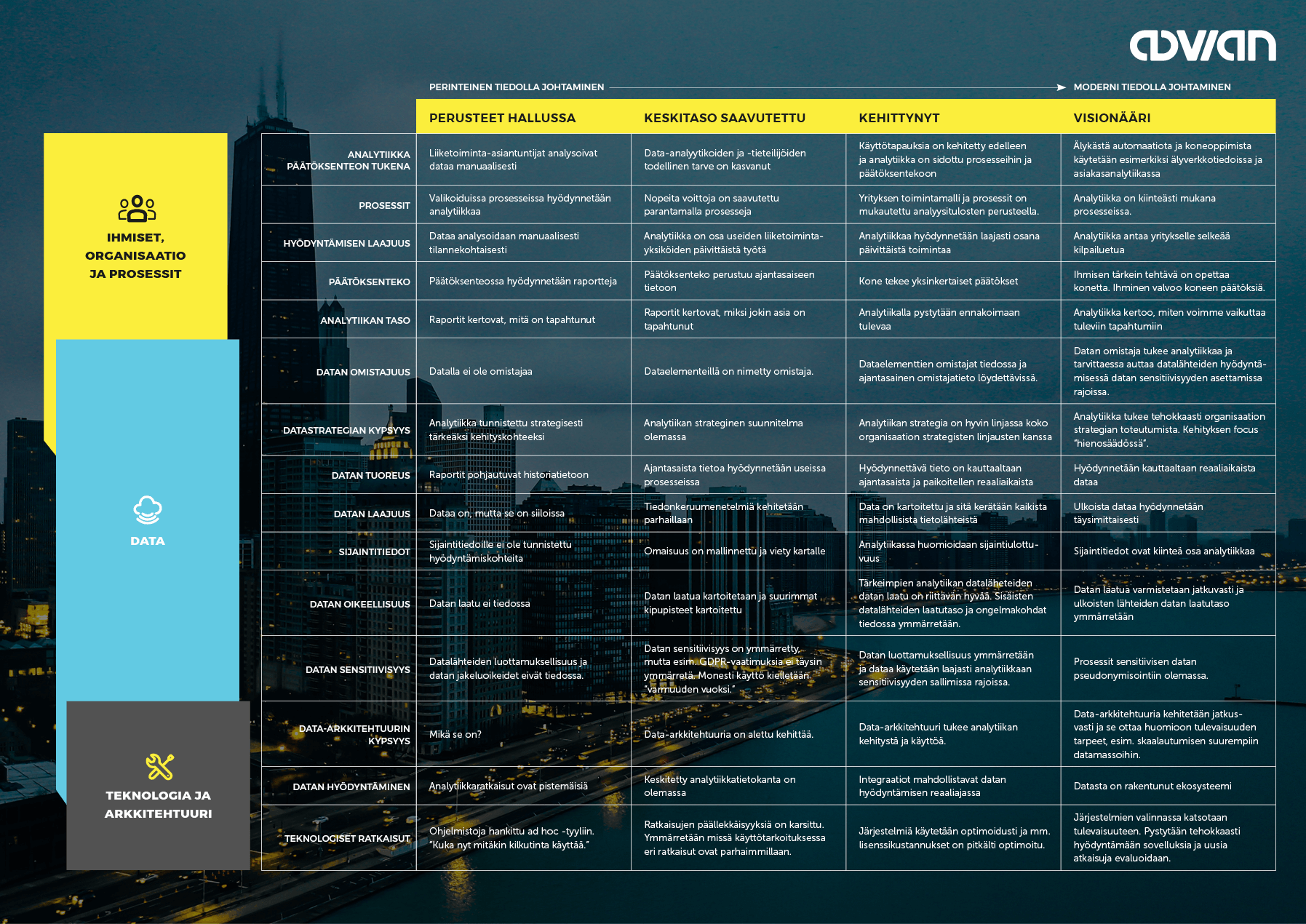When we hear the term "design," we often think of aesthetics and art. However, in the business context, it goes way beyond making things visually appealing. Although, visualization does help make data more accessible, understandable, and actionable.
Design thinking is a mindset building a solid base for better understanding with a problem-solving approach. I believe everyone working with data can benefit greatly from design thinking and its human-centered approach to problem-solving.
We encounter an increasing number of unknowns and the necessity to design future scenarios. To enhance our resilience, we must deepen our understanding of how to address the complex issues that lie ahead.
Why is design thinking beneficial?
Design thinking is more topical than ever as we globally face tackling complex and severe problems. Designers’ focus on the overall impact of services or business models, the people involved in development as well as the users, the technology and viability.
Jumping to solutions is outdated. Technology and data are vital, but they do not do things on their own. Design thinking provides creative, collaborative, and iterative tools and frameworks for precise problem solving. Through its encouraging and human-centered approach we can make visible what are the technological needs and solutions best fit for the problem.
What’s to point of new fancy technology if people do not know how to use it?
You don't have to be a designer to use design tools, as you don’t need to be an engineer to understand technology or manage data. In the realm of business design, the core element of success is adopting a design thinking mindset. This mindset helps you adapt to the ambiguity of complex problems and allows you to get creative in finding unexpected solutions. Design thinking: What's in it for me?
Design thinking: What's in it for me?
Well, let me give you some key benefits.
What can a data-driven organisation accomplish when it combines systematic data utilization to design thinking management culture? This organisation has future-proof capabilities, can make informed decisions, as it fosters innovation and user-centric solutions.
Taking design thinking into the development of data management practices can help create a transformation that goes beyond implementing processes and guidelines. Solutions are user-friendly, adaptable, and aligned to stakeholder needs. This is a killer recipe for successful and sustainable data management practices within the organisation, building centralised control, appropriate prioritisation, and consistent balancing, ensuring managing data management is in capable hands.
2 design thinking approaches you can adapt immediately
Now, let's explore design approaches that you can incorporate into data management.
Design thinking with its human-centered approach (whether the approach be business design or service design) offers frameworks and tools for the implementation of data governance initiatives. Human-centered approach is an umbrella theme for change management, facilitation, communication, and stakeholder management. All necessary to ensure the right people are doing the right things.
By incorporating these design tools and approaches into your work, even if you're not a designer by profession, you can bring a fresh perspective and enhanced problem-solving capabilities to your data-related projects.
Thanks for reading, hope this gave ideas into your daily work. Stay tuned and discover the irresistible synergy of design and data governance in our upcoming blog post!
Topics: Leadership, External Data, Design thinking












